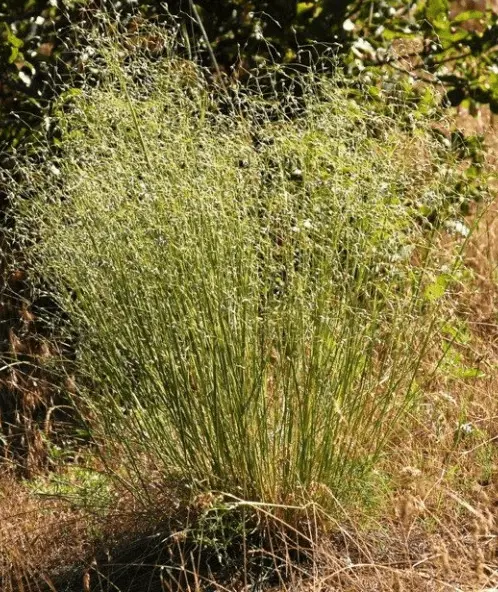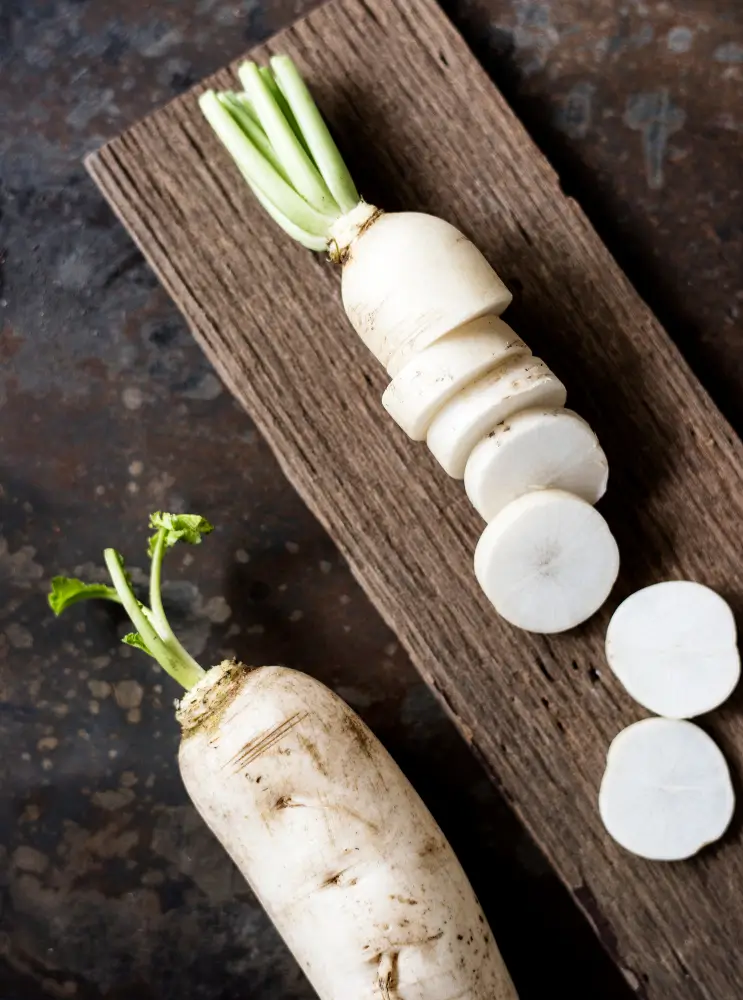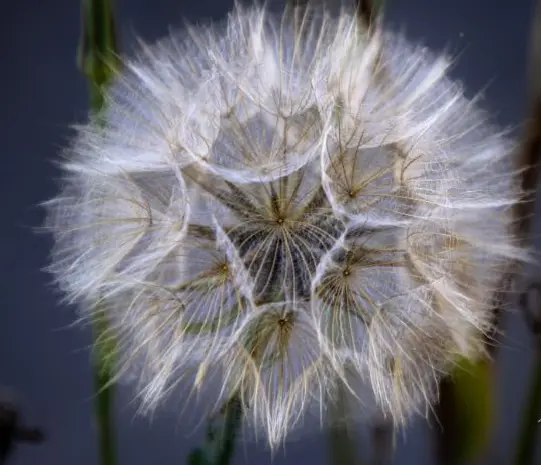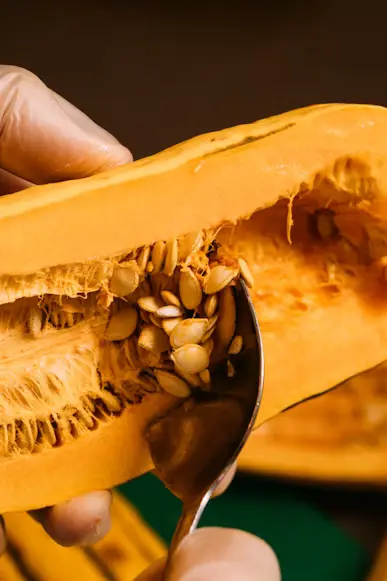
Soil Health & Fertilization
We unite suppliers and green industry professionals worldwide
Upland Ricegrass is a tough and adaptable grass found growing primarily in drylands and uplands, fighting it out with the less palatable plants. It is highly valued as a grain food both for people and for animals in areas with few other crops.
By Mariam Scott
|Published on September 25, 2025


Upland Ricegrass is a tough and adaptable grass found growing primarily in drylands and uplands, fighting it out with the less palatable plants. It is highly valued as a grain food both for people and for animals in areas with few other crops. The plant is also highly drought-tolerant and can grow in low-fertility, rocky, or poor soils; it is considered to be a valuable food crop for dryland farmers.
The hardy grass has been a dietary mainstay for highland communities for centuries, and has also played a part in preserving upland areas from erosion. Due to its versatility, resilience, and nutritional values, upland Ricegrass is a crucial and sustainable highland crop throughout the world.
| Scientific Name | Oryzopsis hymenoides |
| Common Name | Upland Ricegrass |
| Family | Poaceae (grass family) |
| Growth Habit | Clumping grass with long, narrow leaves |
| Height | Sturdy stems reaching up to 1 meter tall |
| Seeds | Produces small, golden grains in clusters |
| Adaptability | Drought-resistant and tolerant of poor soils |

September 25, 2025
9 minute read
September 24, 2025
9 minute read
September 23, 2025
10 minute read
September 22, 2025
9 minute read


Join as a seller and connect with thousands of B2B buyers nationwide!
Sign Up

Daikon Radish
Daikon radish is a large white root vegetable used in a lot of Asian dishes. It has a subtle flavor; it is somewhat sweet and slightly peppery. This is one of the veggies that tastes sweet and crispy, juicy, and refreshing raw or cooked.

Dandelion Mammoth
The Dandelion Mammoth is the larger and stronger version of the common dandelion. It is liked by gardeners, herbalists, and farmers. The plant is loved by people because of its size and useful qualities. It is a perennial herb that would do well in most c

Dandelion
The dandelion, this cheerful yellow-flowered common wild plant, adorns hundreds of landscapes. It grows in lawns, fields, meadows, and even cracks of sidewalks; for it is extremely adaptable towards where it can grow.

Delicata Squash
Delicata squash is a favorite winter squash variety widely beloved for its delicate, rich flavor and thin-skinned properties. This squash will give a rich,creamy-like texture and its bright skin with stripes makes it very desirable for many culinary uses.
Upland Ricegrass has been a part of local agriculture for centuries. Its grains are harvested as food, and as fodder, it is eaten by livestock. It is a popular food in several upland communities and serves as a cultural farming practice. The plant is also an aid in preventing soil erosion along slopes.
In most highland areas, Ricegrass is more than a crop. It is associated with seasonal farming practices and harvest festivals and is inspired by the cyclic nature of the signature flower at night. Ricegrass cultivation is a tradition passed down through generations, shaping the rhythm of upland farming life.
Unlike regular rice, Upland Ricegrass doesn’t need flooded fields to grow. It grows well on slopes and in arid lands, and is well-suited for upland culture. Its grains are smaller, though nutritious, and it uses less water than paddy rice. This tough plant is perfect for areas with erratic rainfall.
Upland ricegrass is one of the few cereals that can survive on steep, dry hillsides, where most other grains would fail. Its tough roots help prevent soil erosion, making it a double-duty crop — feeding both people and protecting the land.
Upland Ricegrass is useful for food as well as forage. It can also be ground into flour or cooked similarly to rice. It is browsed by livestock and also serves as a means to manage soil erosion and the sustainability of the land.
Upland Ricegrass grows best in elevated, dry areas with moderate rainfall. It grows best in well-drained soils, though it will tolerate temperatures in very poor, rocky ground. It is not a heavy irrigation-demanding plant and is suited to upland areas. Its resilience means it can succeed in places where other crops might not survive.
Upland Ricegrass is naturally resistant to many pests due to its hardy nature. However, insects or rodents may occasionally damage grains. Farmers often use traditional methods to protect the crop. The plant’s resilience reduces the need for chemical pesticides.
The seeds of Upland Ricegrass are tiny, oval, and golden brown when ripe. The seeds are very light, hard-coated, and can be found in large numbers in dry or wet environments. Farmers keep mature seeds for sowing in the next season.
Warm, moist soil is the best seedbed in which Upland Ricegrass seeds have been planted. They will survive and grow in low-fertility soils, but will produce more growth in nutrient-rich ground. Strong seedlings are essential to a successful season. Extreme dryness may delay germination in some seeds.
Seeds can be kept for one or two years under good conditions. Allow it to dry and keep it away from the sun. New seeds germinate more quickly and result in stronger plants. Older seeds can take longer to germinate, but are still viable under proper growing conditions.
Farmers scatter seeds directly over the soil, often in rows on slopes. Seeds are lightly covered with soil to prevent them from blowing away by the wind or being picked by birds. Good spacing encourages the plants to grow uniformly and without competition. Mulch can be applied for moisture control.
The sowing is generally during the beginning of the rainy season. Lines should allow room for expanding plants and sufficient air movement. Young seedlings should be offered a bit of protection from harsh sun or wind. Once the crop is established, it is low-input.
Upland Ricegrass is robust but can be susceptible to fungal diseases in very wet conditions. Disease risk is minimized through crop rotation and clean soil. Healthy soil and dry conditions encourage the plant to resist infection naturally.
Upland Ricegrass seeds keep well under good storage conditions. Tubers or seeds will have to be stored dry and free of insects. Good air circulation is essential for preventing mold and retaining nutrition. Sheaves of grain should be stored in baskets or sacks in cool, dry places.
Upland Ricegrass is a hardy, drought-tolerant crop that grows well in upland areas. It provides nutritious grains for humans and fodder for livestock. The plant supports sustainable farming, prevents soil erosion, and plays an important role in upland communities.
It prefers elevated, dry areas and may not thrive in low, wet lands.
About 4–6 months from sowing.
Yes, leaves and stems make good fodder.
No, it is drought-tolerant and survives with minimal water.

Soil Health & Fertilization
Victor Miller

Pest Identification & Prevention
Victor Miller

Lawn Care Tips & Maintenance
Victor Miller

Soil Health & Fertilization
Victor Miller

Smart Irrigation Systems
Victor Miller

Patios, Walkways & Driveways
Victor Miller

Soil Health & Fertilization
Victor Miller

Pest Identification & Prevention
Victor Miller
My Account
Our team is always here to help.
We are open Monday - Friday, 9:00 AM to 4:30 PM PST.